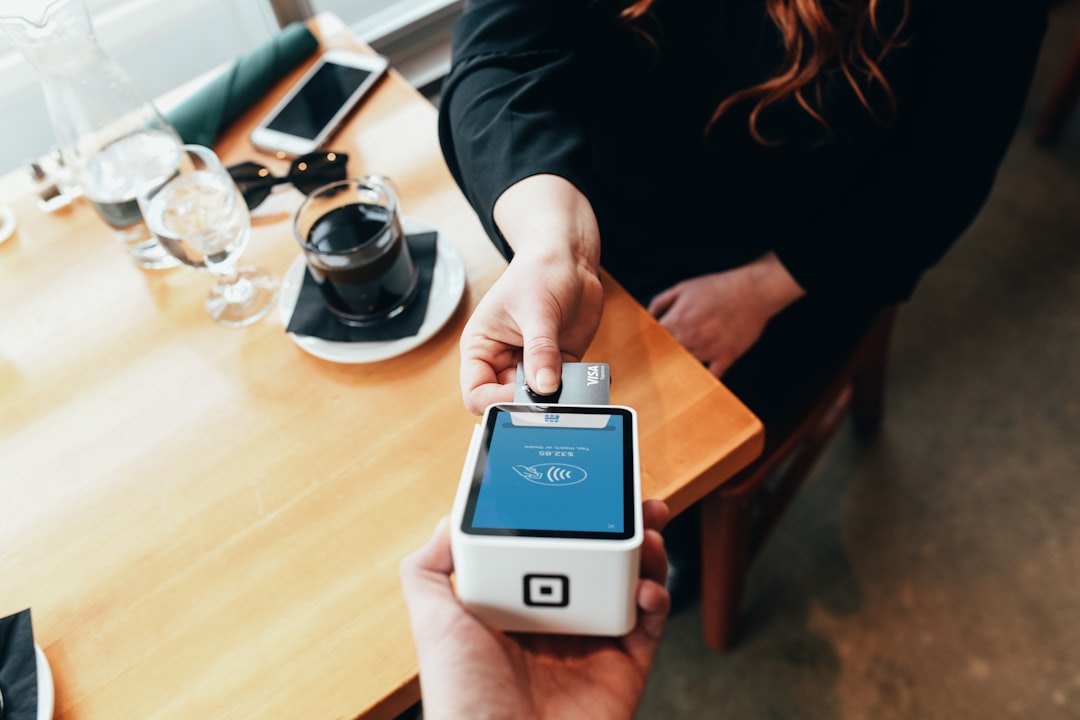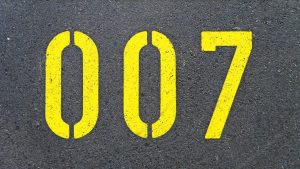The $30K Revelation: My Journey from Credit Card Despair to Financial Freedom
Let’s cut to the chase—$30,000 deep in credit card debt is no joke. Picture this: interest rates soaring sky-high between 15% and 30%, with daily compounding that makes your stomach churn each time you glance at your statements. If you’re nodding along, you’re not alone. Like a runaway train, U.S. households average a hefty $10,563 in credit card debt, contributing to a mind-boggling national total of $1.21 trillion. Believe me, folks, slapping minimum payments on this beast won’t tame it. Escaping this debt dungeon requires a cocktail of strategy, sheer will, and a radical change in mindset.
My own dance with $30,000 of debt wasn’t choreographed by a financial wizard. Nope, it was all about the classic debt snowball and avalanche strategies, but let’s not underestimate the power of daily habits. Here’s a no-BS guide on how I clawed my way out, from small but mighty lifestyle tweaks to smashing through the setbacks and the actionable steps that shattered my debt chains.
**The $30K Wake-Up Call: My Descent Into Credit Card Debt**
It all started innocently enough. Little conveniences on the credit card—morning coffee here, a splurge on clothes there. Each swipe was accompanied by a silent promise: “I’ll clear it this month.” But as those receipts faded, so did my resolve. Emotional spending became my go-to therapy. Bad day? Splurge. Stress? Shop. Celebrate? Why not! Soon, I was part of the 47.3% of Americans spinning in the same credit cycle, convincing myself it was all under control.
**Shopping Habits That Built The Trap**
The brutal truth slapped me hard when I realized 75% of Americans are haunted by debt thoughts multiple times a month. My avoidance of bank statements had to end. Facing interest rates of 15% to 20%, and using over 30% of my available credit was a horror show. The math was petrifying—minimum payments on a $10,000 balance at 22% interest meant a never-ending payment plan and a financial bleed of $16,043 in interest alone. More than the numbers, it was the constant anxiety, frustration, and shame, a familiar cocktail to 40% of Americans drowning in credit card debt.
**The Debt-Free Blueprint: Building A Strategy That Sticks**
Staring at my statements, panic needed to swap places with a game plan. Random payments were out, systematic debt slashing was in.
**Avalanche Vs Snowball: Picking The Right Method**
Two paths forked in front of me: the avalanche method, a ruthless hunt for interest rates, or the snowball method, which promised psychological wins to fuel my fight. Research-backed psychology tipped the scales—early victories were key, so snowball it was.
**Monthly Targets That Actually Work**
The 50/30/20 budget rule was my new bible—50% for needs, 30% for wants, and 20% to throttle debt and pad savings. This wasn’t just budgeting; it was strategic financial warfare, giving me crystal clear insight into what firepower I could direct at my debt each month.
**Emergency Fund: The Safety Net**
Preventing new debt was as crucial as tackling the old. Instead of the textbook 3-6 months of expenses saved, I scraped together a modest $2,467. It wasn’t just a cushion—it was my financial life vest, ensuring unexpected bills didn’t send me spiraling back to debt town.
**Daily Money Habits That Finally Moved The Needle**
It’s the little things that pack the biggest punch. A cash-only diet became my 30-day battleground—no cards, no impulse disasters. My credit card app transformed into mission control, with every purchase ping keeping me honest. Regular check-ins morphed into a ritual, catching suspicious charges and dodging late fees. A simple spreadsheet demystified my spending, turning every dollar into a visible ally or enemy in my zero-debt quest.
**When Life Hits Your Debt Plan: Staying The Course**
Even the best plans don’t survive contact with reality unscathed. Life’s curveballs tested my resolve, but my emergency fund was the hero, turning potential disasters into mere hiccups.
**Zero-Cost Celebration Strategy**
Who says you need to spend to celebrate? Turning the whole process into a game kept me motivated and moving forward, proving that progress parties can be both priceless and costless.
So here’s the deal—whether it’s $30,000 or $3,000, credit card debt doesn’t get to write your financial future. Start with a modest emergency fund. Choose your battle strategy—be it snowball or avalanche. Track every dollar like it’s your last, and watch those balances shrink while your financial confidence expands. Remember, the debt cycle breaks the moment you decide it breaks.













Post Comment